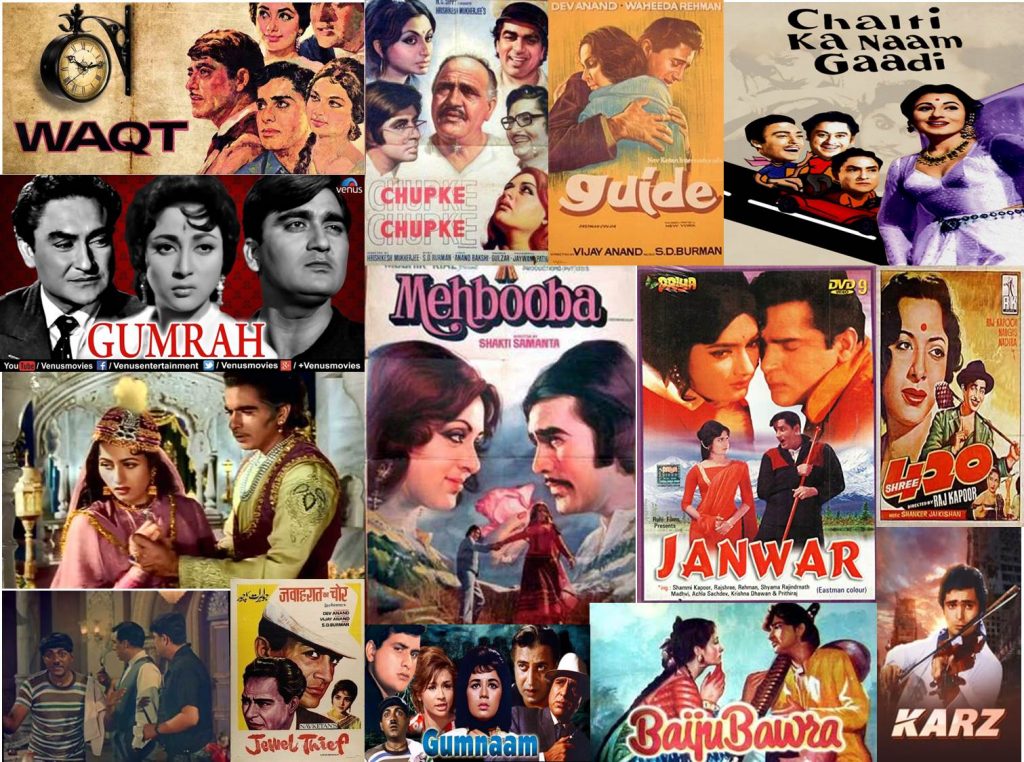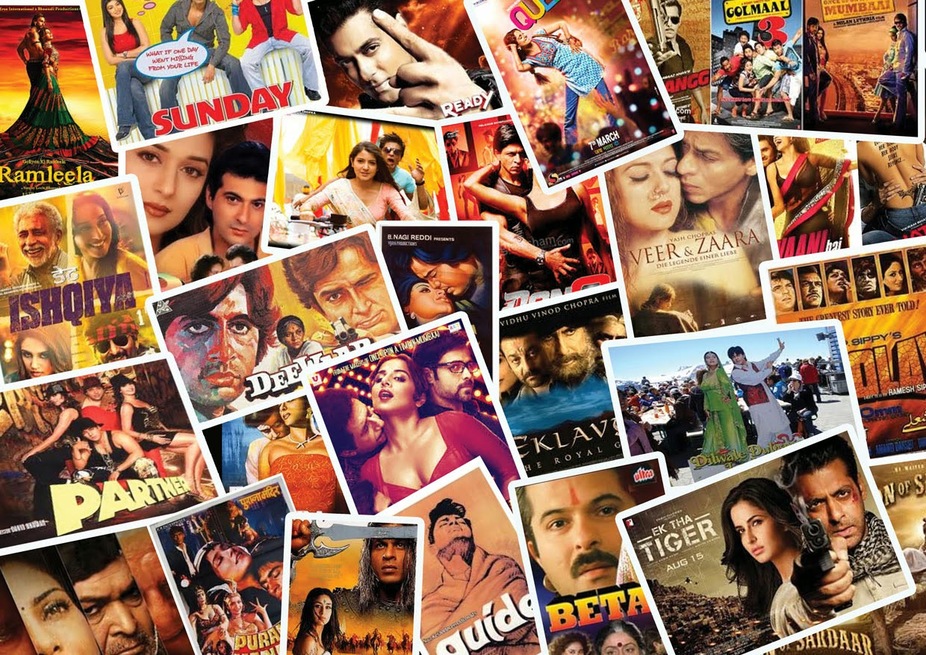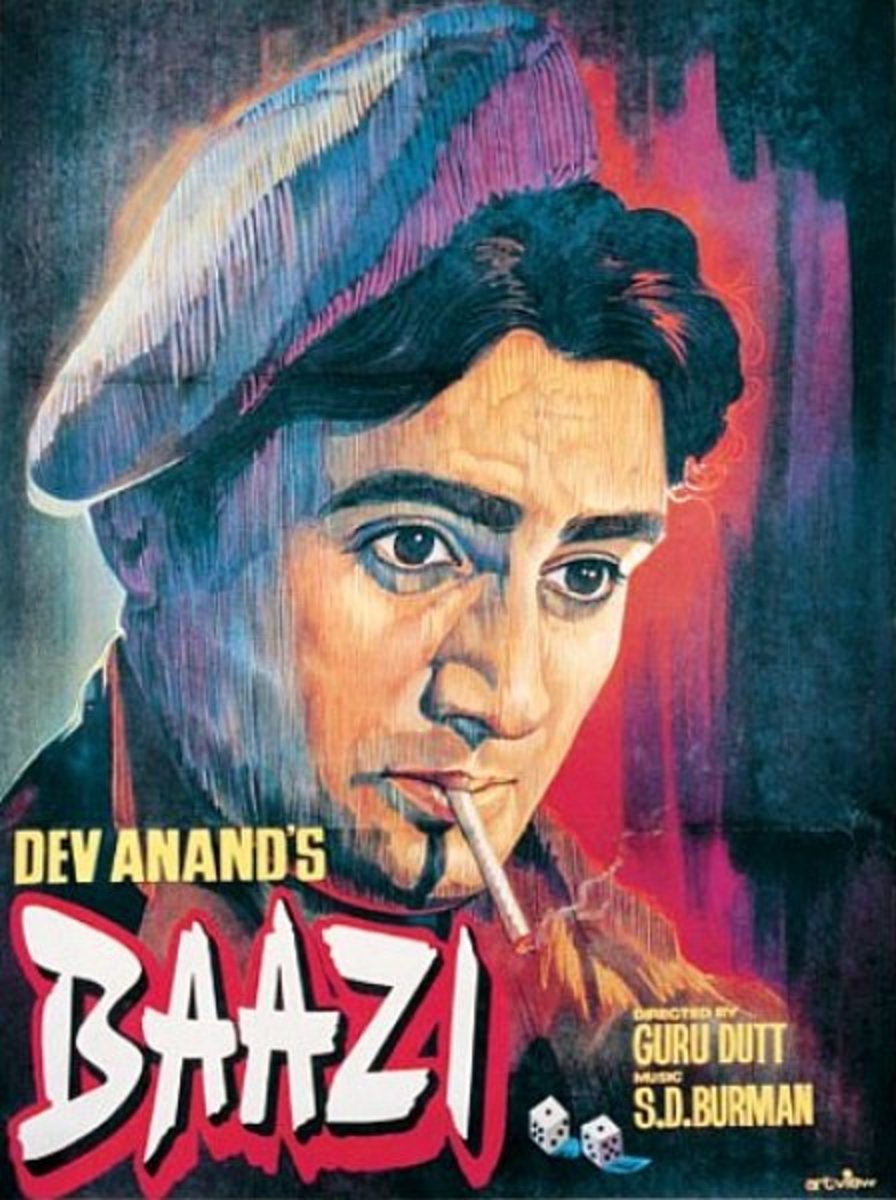Classic Bollywood Movies: A Journey Through Time
Classic Bollywood movies have always been a timeless treasure trove of art, music, and storytelling. These films not only defined an era but also left an indelible mark on the global film industry. From the golden age of the 1950s to the vibrant 1970s, the legacy of these films continues to inspire generations. Whether you're a die-hard fan or new to the world of Indian cinema, diving into the rich tapestry of classic Bollywood movies is a must for any cinephile.
For decades, classic Bollywood films have captivated audiences with their intricate narratives, unforgettable music, and stellar performances. Each movie tells a unique story, reflecting the cultural, social, and political climate of its time. The charm of these films lies in their ability to evoke emotions, making them relatable across generations.
As we delve deeper into this topic, you'll discover the evolution of classic Bollywood cinema, iconic films, legendary actors, and timeless songs. This article aims to provide a comprehensive guide to the world of classic Bollywood movies, ensuring you gain valuable insights into this fascinating realm of Indian cinema.
Read also:Who Does Adam Sandler Endorse For President 2024 A Comprehensive Look
Table of Contents
- The History of Classic Bollywood Movies
- Key Eras of Classic Bollywood Cinema
- Iconic Classic Bollywood Movies
- Legendary Actors and Actresses
- Renowned Directors of Classic Bollywood
- The Role of Music in Classic Bollywood Films
- Common Themes in Classic Bollywood Movies
- Influence on Modern Bollywood
- Fascinating Statistics About Classic Bollywood
- Conclusion: Why Classic Bollywood Movies Matter
The History of Classic Bollywood Movies
Classic Bollywood movies trace their roots back to the early 20th century when Indian cinema began to take shape. The first Indian feature film, "Raja Harishchandra," released in 1913, marked the beginning of an exciting journey. Over the years, Bollywood evolved from silent films to talkies, incorporating elements of drama, romance, and adventure.
By the 1950s, Bollywood had firmly established itself as a powerhouse in the global film industry. This era, often referred to as the "Golden Age," saw the emergence of legendary filmmakers and actors who contributed to the richness of classic Bollywood cinema. The films produced during this time were characterized by their elaborate storytelling and musical compositions.
Evolution of Filmmaking Techniques
The evolution of filmmaking techniques played a pivotal role in shaping classic Bollywood movies. Directors experimented with new technologies, enhancing the visual and auditory experience for audiences. The introduction of sound synchronization and color films further elevated the quality of productions, making them more engaging and immersive.
Key Eras of Classic Bollywood Cinema
Classic Bollywood movies can be categorized into distinct eras, each with its own unique characteristics and contributions to the industry. Understanding these eras provides a deeper appreciation of the films and their historical significance.
1950s: The Golden Age
The 1950s are often celebrated as the "Golden Age" of Bollywood. This period saw the rise of iconic films like "Pyasa" and "Mother India," which tackled social issues with depth and sensitivity. The era was marked by stellar performances from actors like Dilip Kumar, Raj Kapoor, and Nargis.
1960s: Romantic Revival
The 1960s brought a romantic revival to Bollywood, with films focusing on love, family, and relationships. Movies like "Mughal-e-Azam" and "Guide" became timeless classics, showcasing the versatility of actors and directors alike. The music from this era remains popular even today, with songs like "Pyaar Kiya To Darna Kya" still resonating with audiences.
Read also:Exploring The Remarkable Journey Of Victoria Windham A Celebrated Name In The Spotlight
1970s: The Action Era
By the 1970s, Bollywood had shifted its focus to action-packed films, driven by the rise of Amitabh Bachchan as the "Angry Young Man." Movies like "Deewar" and "Zanjeer" became blockbusters, capturing the imagination of audiences worldwide. This era also saw the emergence of new talent, both in front of and behind the camera.
Iconic Classic Bollywood Movies
No discussion of classic Bollywood movies is complete without mentioning the iconic films that defined the industry. These movies not only entertained but also educated audiences about Indian culture and society.
- "Pyasa" (1957) - A poignant tale of love and betrayal
- "Mother India" (1957) - A powerful narrative about motherhood and sacrifice
- "Mughal-e-Azam" (1960) - A grand epic of love and loyalty
- "Sholay" (1975) - The ultimate action film with unforgettable dialogues
Why These Films Endure
The enduring popularity of these films can be attributed to their universal themes and timeless appeal. Whether it's the struggle for justice in "Deewar" or the celebration of love in "Mughal-e-Azam," these movies continue to resonate with audiences across generations.
Legendary Actors and Actresses
The world of classic Bollywood would not be complete without acknowledging the legendary actors and actresses who brought these films to life. Their performances have become the stuff of legends, inspiring countless aspiring actors.
Iconic Male Leads
- Dilip Kumar - Known as the "Tragedy King" for his powerful performances
- Raj Kapoor - The "Showman" who redefined romance and drama
- Amitabh Bachchan - The "Angry Young Man" who revolutionized Bollywood
Iconic Female Leads
- Nargis - A symbol of grace and elegance
- Meena Kumari - The "Tragedy Queen" with a voice like velvet
- Hema Malini - The "Dream Girl" with unmatched charm
Renowned Directors of Classic Bollywood
Behind every great film is a visionary director who brings the story to life. Classic Bollywood movies owe much of their success to the talented directors who crafted these cinematic masterpieces.
- Bimal Roy - The master storyteller behind "Do Bigha Zamin" and "Madhumati"
- Guru Dutt - The pioneer of social realism in films like "Pyaasa" and "Kaagaz Ke Phool"
- Ramesh Sippy - The creator of the epic "Sholay"
Innovative Storytelling Techniques
These directors were known for their innovative storytelling techniques, pushing the boundaries of traditional filmmaking. Their ability to blend art and entertainment set them apart from their contemporaries, leaving a lasting legacy in the world of cinema.
The Role of Music in Classic Bollywood Films
Music is an integral part of classic Bollywood movies, often serving as the soul of the film. The songs from these movies have become anthems, capturing the essence of love, heartbreak, and triumph.
Legendary Music Directors
- S.D. Burman - The maestro behind timeless classics like "Pyaasa" and "Guide"
- R.D. Burman - The innovator who revolutionized Bollywood music
- Laxmikant-Pyarelal - The duo responsible for some of the most memorable melodies
Iconic Playback Singers
- Lata Mangeshkar - The "Nightingale of India" with a voice that mesmerizes
- Mohammed Rafi - The king of romance and melody
- Asha Bhosle - The versatile singer with an unmatched range
Common Themes in Classic Bollywood Movies
Classic Bollywood movies often revolve around universal themes that resonate with audiences worldwide. These themes not only entertain but also educate and inspire.
- Love and Romance
- Social Justice and Inequality
- Family and Relationships
- Adventure and Action
How These Themes Reflect Indian Society
The themes explored in classic Bollywood movies often reflect the social and cultural fabric of India. They provide a window into the lives of ordinary people, highlighting their struggles and triumphs. This authenticity is one of the reasons why these films continue to be loved by audiences worldwide.
Influence on Modern Bollywood
The influence of classic Bollywood movies on modern cinema cannot be overstated. Many contemporary filmmakers draw inspiration from these films, incorporating elements of nostalgia and tradition into their work.
Remakes and Tributes
Remakes of classic films and tributes to legendary actors and directors have become a trend in recent years. These projects not only pay homage to the past but also introduce new audiences to the magic of classic Bollywood cinema.
Fascinating Statistics About Classic Bollywood
Data and statistics provide valuable insights into the world of classic Bollywood movies, highlighting their impact on the industry and beyond.
- More than 50 classic Bollywood films have been remade in various languages
- Classic Bollywood songs continue to dominate music charts even today
- Several classic films have won international awards, showcasing their global appeal
Why These Statistics Matter
These statistics underscore the enduring legacy of classic Bollywood movies, proving that their influence extends far beyond the realm of entertainment. They have shaped the cultural identity of India and continue to inspire filmmakers and audiences worldwide.
Conclusion: Why Classic Bollywood Movies Matter
Classic Bollywood movies remain a vital part of the global cinematic landscape, offering a glimpse into the rich tapestry of Indian culture and society. Their timeless appeal lies in their ability to connect with audiences on a personal level, evoking emotions and sparking conversations.
We invite you to explore the world of classic Bollywood cinema further by sharing your thoughts in the comments section. Do you have a favorite film or actor? Let us know! Don't forget to check out our other articles on Indian cinema for more insights and discoveries.
Article Recommendations


